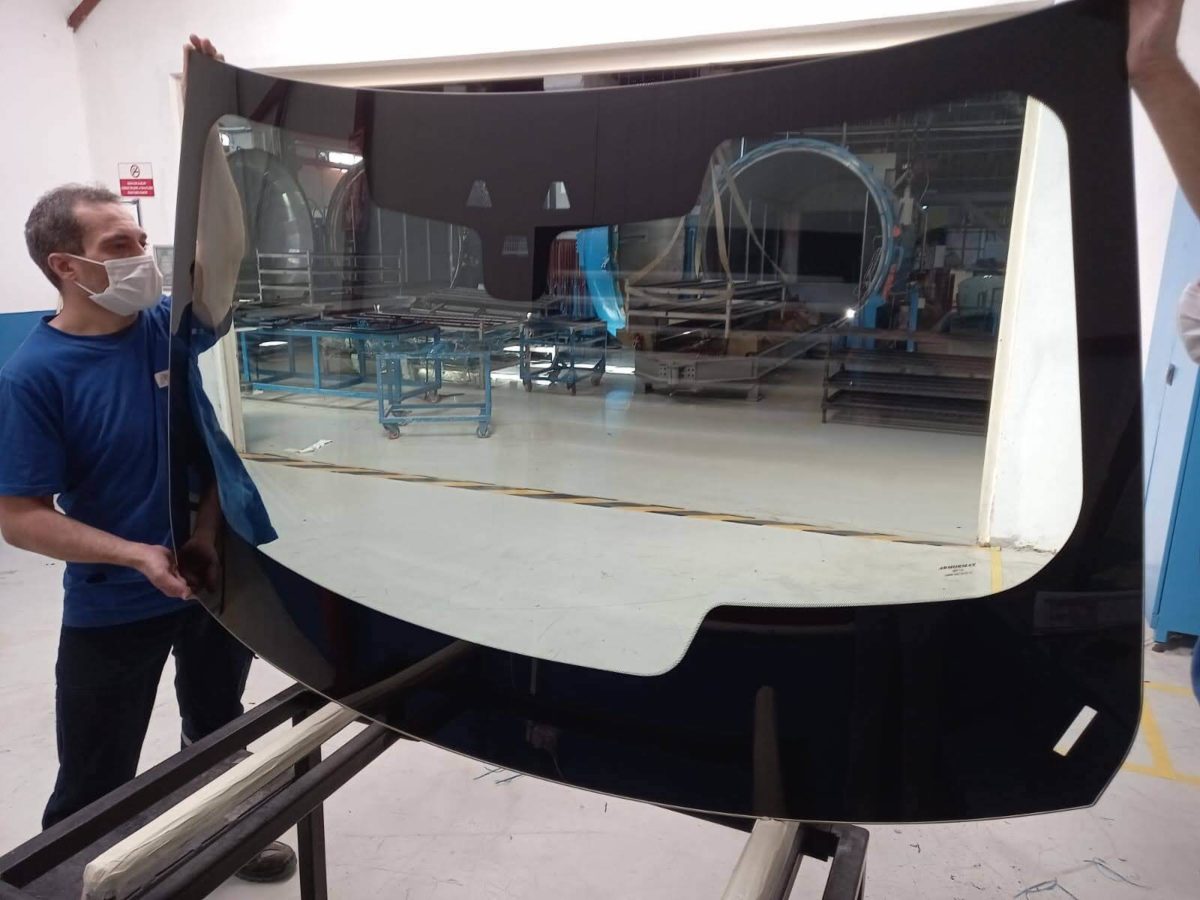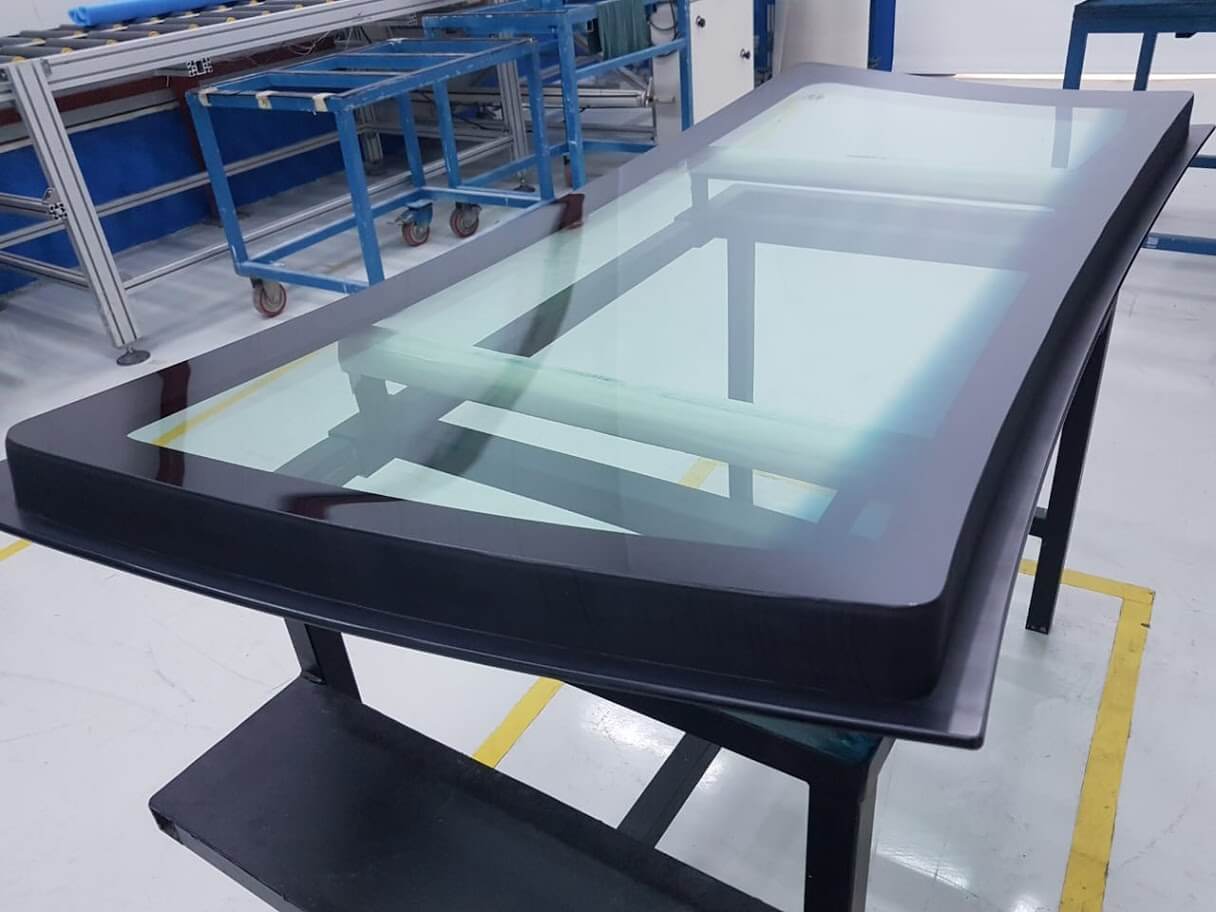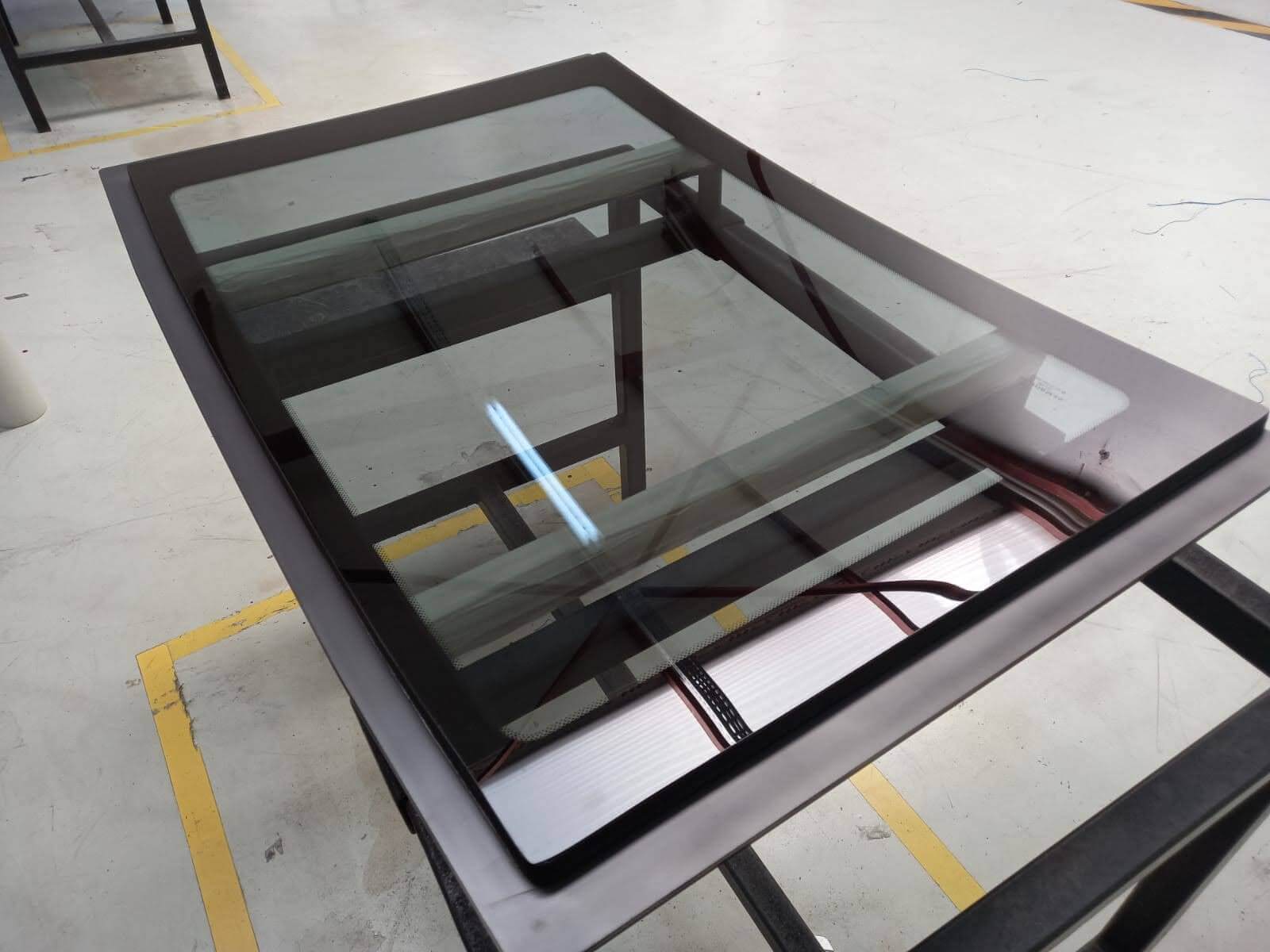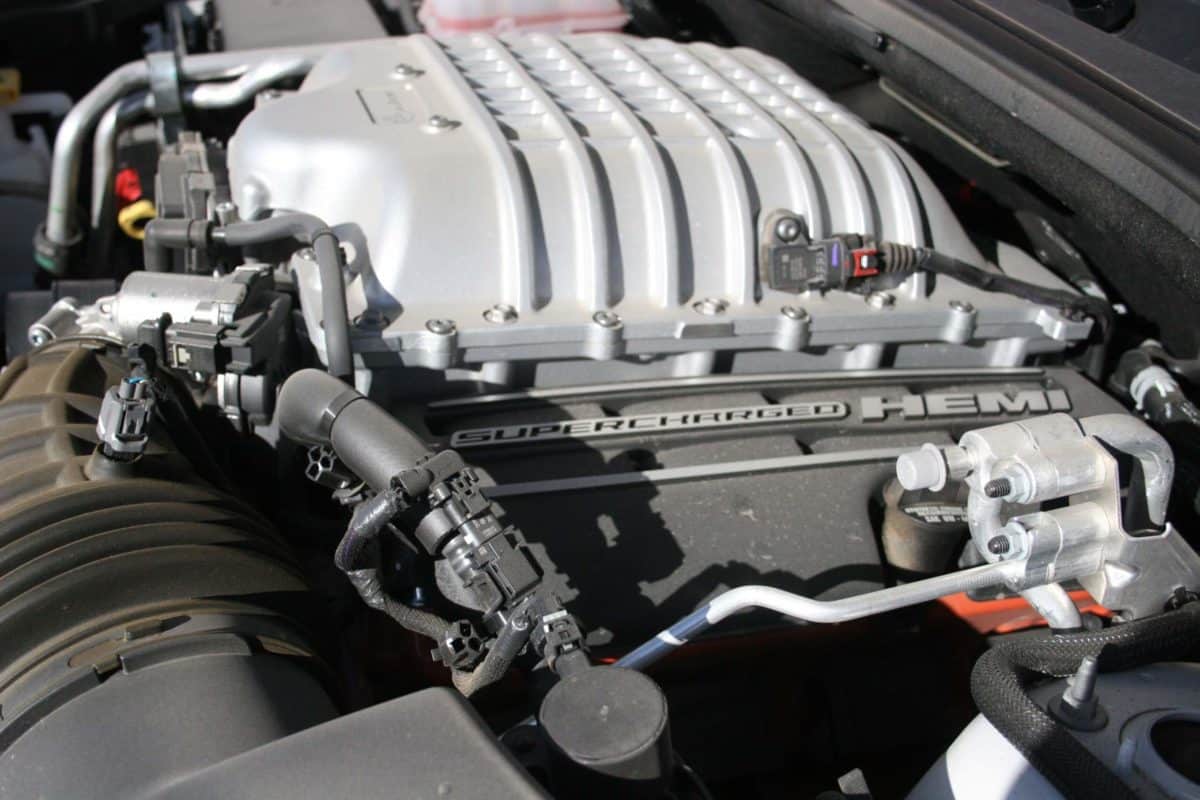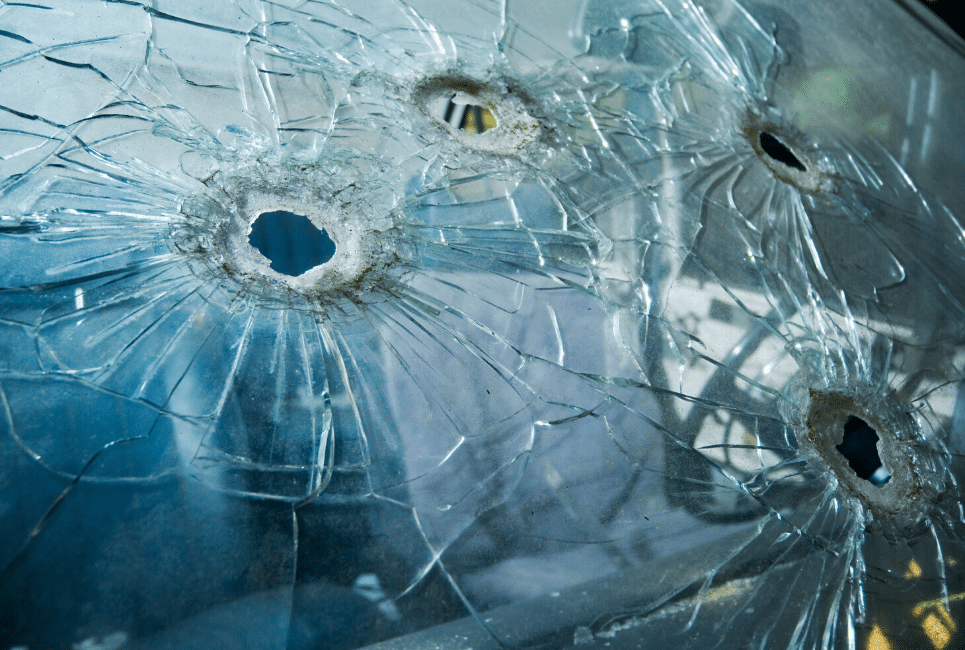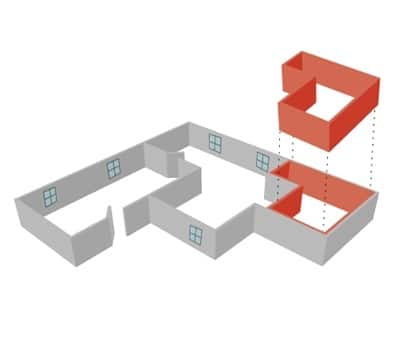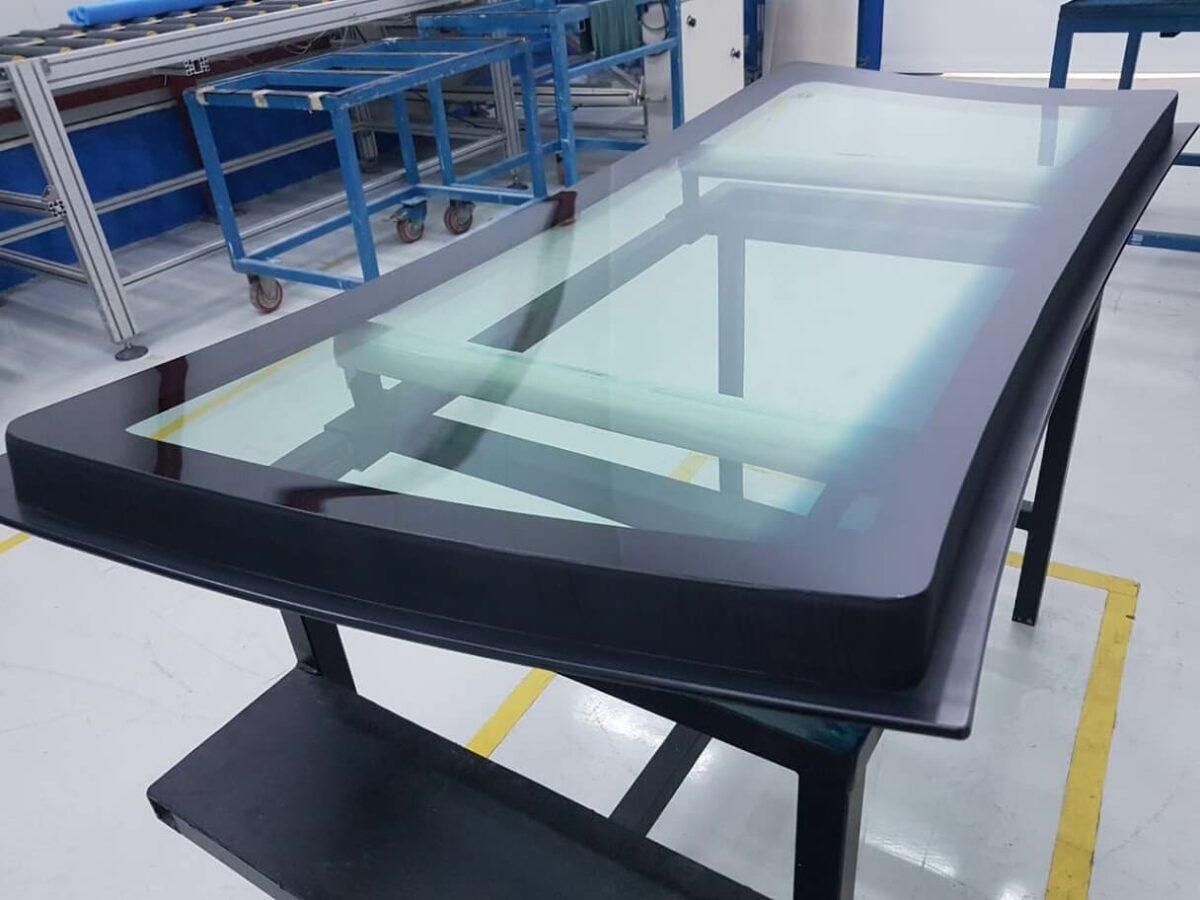Bulletproof glass works by providing an additional security measure to protect your business property, house, or vehicles. Like other materials, bulletproof glass is not impenetrable completely. So the more accurate term for bulletproof glass is “bullet-resistant glass or armored ballistic glass”.
In fact, no bulletproof glass can truly protect against projectile missiles. They only reduce the momentum by absorbing some of the energy from bullets – unfortunately the bullets don’t bounce off the cars like you see in the movies. Here, we will cover how bulletproof glass works and the advantages to having armored glass on your vehicle. The safety of having armored glass. What is bulletproof glass made of? We will also talk about bulletproof glass material and how Armormax has been saving lives since 1993.
Let’s start with the history of bulletproof glass:
The History of Bulletproof Glass
Edouard Benedictus (1878 – 1930) was a French chemist who patented bulletproof glass in 1909. Celluloid was used between the two sheets of glass in the initial version of the bullet-resistant glass. Over time, others introduced many other ways using different bulletproof glass material with varying effectiveness.
A few years ago, polyvinyl butyral (PVB) was the most common material used for manufacturing bullet resistant glass. Nowadays, it’s common to use sheets of polycarbonate (PU) or acrylic sheets to layer the glass and provide protection at the desired level. Armormax® only uses polyurethane (PU) armored glass and though it is more expensive in layering it greatly reduces that delamination and haze that can occur in older technology and that is made with the PVB materials and the PU technology allows better transparency in appearance and durability. These provide a sufficient level of protection against handguns to high-powered rifles and other weapons.
The Working Principle of Bulletproof Glass
Before we talk about how is bulletproof glass made, let’s talk about the working principle of bulletproof glass. Why does an ordinary glass shatter against a bullet?
Normal glass doesn’t provide much resistance against bullets – being only 3mm thick in normal standard cars that are shipped on cars from the factory. Because when a bullet hits a pane of glass, the energy of the bullet pushes against the glass. As a result, it makes fractures at the point where it strikes along lines of weakness. Damaging of glass like this can be more dangerous. Because you might be safe from bullets but glass fragments and shards can kill you.
Have you ever caught a fast-moving baseball? If so, you will be familiar that how to gradually move your hands back to reduce the speed of the ball. The hand’s movement reduces the force on your hand so the catch hurts less.
Scientifically, the rate at which momentum of the ball changes is equal to the force the ball puts on your hands. Therefore, changing the ball’s momentum gradually decreases the force on your hand.
In simple words, if you stop the ball instantly, it will hurt you more. And, if you take two seconds to stop the ball by moving your hands back, it will hurt you less. The same rule applies in the case of an ordinary and bulletproof glass case.
Glass can’t move like your hand. When a bullet hits the glass, it can’t absorb the energy gradually. As a result, glass shatters and bullet keep on moving with the almost same momentum. On the other hand, bulletproof glass reduces the momentum of the bullet due to its multiple layers of glass and plastic sheets.
What is Bullet Proof Glass Made Out Of?
Companies use different bulletproof glass material for providing different levels of protection. Some glass can only protect you from three 9mm bullets and others can protect you from 50 Cal BMG bullets. At Armormax® we design every glass piece to fit the exact vehicle we are armoring to the specifications of the desired package.
While choosing materials, bulletproof glass manufacturers not only consider the strength of the material but also optical clarity. Acrylic and polycarbonate are the two most popular types of resins which have both these characteristics. These are extremely sound and have a high level of optical clarity. So these are the most popular choices in the last decade.
1. Acrylic Bullet Resistant Glass
It is a single 3/4-inch thick sheet of acrylic which is designed for conventional use. So it provides basic protection and falls in level B4 category. These types of glasses can only protect you from a few 9mm bullets.
2. Polycarbonate Bullet Resistant Glass
This glass is made by layering polyurethane with polycarbonate between the sheets of glass. It provides three different levels of protection from bullets (see our armoring levels):
B4 Level: Polycarbonate layering with the protection of 21mm inches thick which can protect you from 9mm to .44 magnum high powered handgun rounds.
B5 Level: This type of glass is almost 1 inch thickness which provides significant protection against rifles including an AK-47.
B6 Level and Beyond: It is the strongest type of bullet-resistant polycarbonate glass. The glass starts at 39mm in thickness and can protect against the three deadly shots of a .308, 223, AR-15 or other high powered rifles. There is even glass to withstand multiple AP rounds or protection against a .50 cal.
How to make bulletproof glass?
Common bulletproof glass is made from the glass and plastic. Glass can be 10mm thick. Plastic is a thin film which is sandwiched between the layers of glass.
A thin film is placed between the two sheets of glass for making a simple PVB-based bulletproof glass. After heating and pressing, the plastic melts and makes a strong bond between the sheets of glass.
Apply the temperature up to 150C and pressure almost 13 to 14 times more than atmospheric pressure in an autoclave. The main difficulty in this process is to remove the air from the glass layers. Trapped air makes the bond weaker and affects the optical properties of bulletproof glass.
How Thick is Bullet Proof Glass?
The thickness of the bulletproof glass depends on the number of layers. A simple bullet-resistant glass is made of three sheets i.e. two glass sheets and one plastic layer in between them. Simply, the glass is very thick as compared to regular glass.
You can add a layer into the glass for increasing the protection level. More layers offer more protection. However, adding more layers can reduce optical and sound clarity. The thickness of the glass depends on the usage of the glass. For example:
Armored Glass (Level B4): It is 21mm thick which can stop the bullets of handguns.
B7 Rank Glass: It is a 70mm thick glass that can protect against a high-powered rifle.
How does bulletproof glass work?
As we have already mentioned that alternative layers of plastic can absorb the force of a bullet. First of all, the bullet pierces the very first layer of material. But, the next layer of polycarbonate resists firmly against the bullet. So it will reduce the bullet’s momentum a by absorbing the round through a series of layers.
If the bullet still has enough energy, it will pierce the next layer of material. This will further reduce the momentum of the bullet. The process continues until either bullet stops or pierces the entire barrier. However, even if the bulletproof glass fails to stop the bullet, it will decrease the velocity dramatically. Everything Armormax® makes is independently certified and we have hundreds of tests on our products to verify the safety and protection levels we adhere to in delivering our vehicles.
In Closing…
Certainly, bulletproof glass is more effective as compared to the simple glass. Because simple glass can’t reduce the momentum of the bullet, bat, rock, or object with an intent to harm. Bulletproof glass can stop the bullets of many handguns. However, it can’t stop the bullets of powerful guns but reduces the velocity of bullets dramatically. That’s why many experts call it a bullet-resistant glass instead of calling it bulletproof glass as what is commonly used.
